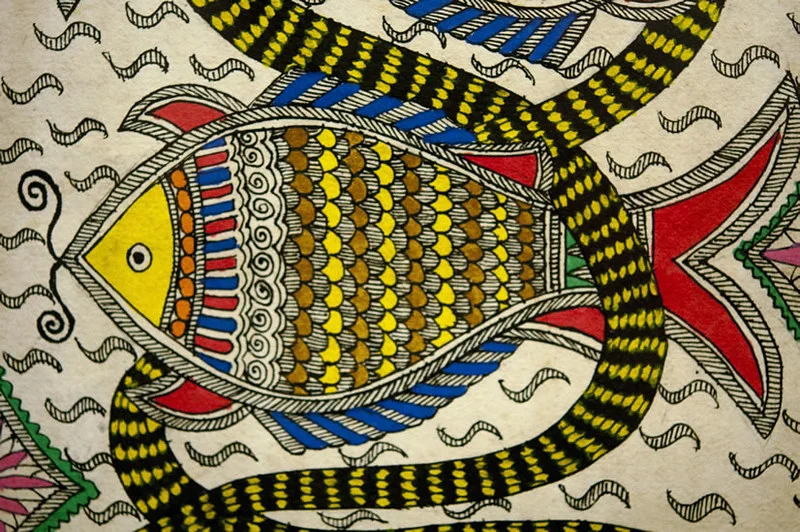आजकल, ज़्यादातर युवा सरकारी नौकरी पाने की चाहत रखते हैं, लेकिन सभी को सरकारी नौकरी नहीं मिल पाती. ऐसे में, युवाओं को क्या करना चाहिए ?
Skills to Succeed in a Tech-Driven Future The rapid growth of industries and the advancement of technology will make certain skills highly sought after. Some of the most important skills to develop are: AI and Machine Learning: With automation becoming more prevalent, AI and ML experts will be in hiRead more
Skills to Succeed in a Tech-Driven Future
The rapid growth of industries and the advancement of technology will make certain skills highly sought after. Some of the most important skills to develop are:
AI and Machine Learning: With automation becoming more prevalent, AI and ML experts will be in high demand to develop smarter systems and optimize business operations.
Data Science and Big Data Analytics: Professionals who can analyze and interpret data will be essential as businesses continue to harness data to make strategic decisions.
Cybersecurity Skills: The increasing threat of cyber-attacks makes cybersecurity a vital skill. Experts will be needed to secure sensitive information and networks.
Blockchain Expertise: Blockchain technology, which provides secure and transparent transactions, will continue to be in demand, especially in finance and supply chain industries.
Cloud Computing and Infrastructure Management: As businesses move to cloud-based systems, cloud architects and engineers will be required to build and maintain these platforms.
Software Development: Software developers who are proficient in multiple programming languages will continue to be essential in creating and maintaining software applications.
Industrial Automation and Robotics: Professionals skilled in robotics and automation will be needed as manufacturing processes become more streamlined and efficient.
Creative Digital Skills: As businesses shift to digital platforms, the need for creative digital skills in marketing, video production, and content creation will grow.
Management and Leadership: Strong leadership skills will be essential for managing diverse, remote teams and navigating complex business environments.
Emotional Intelligence: Professionals who can build and maintain positive relationships will be invaluable in a workplace where teamwork and collaboration are key to success.
Mastering these skills will ensure career growth in the evolving job market.
See less







Business
Business
See less